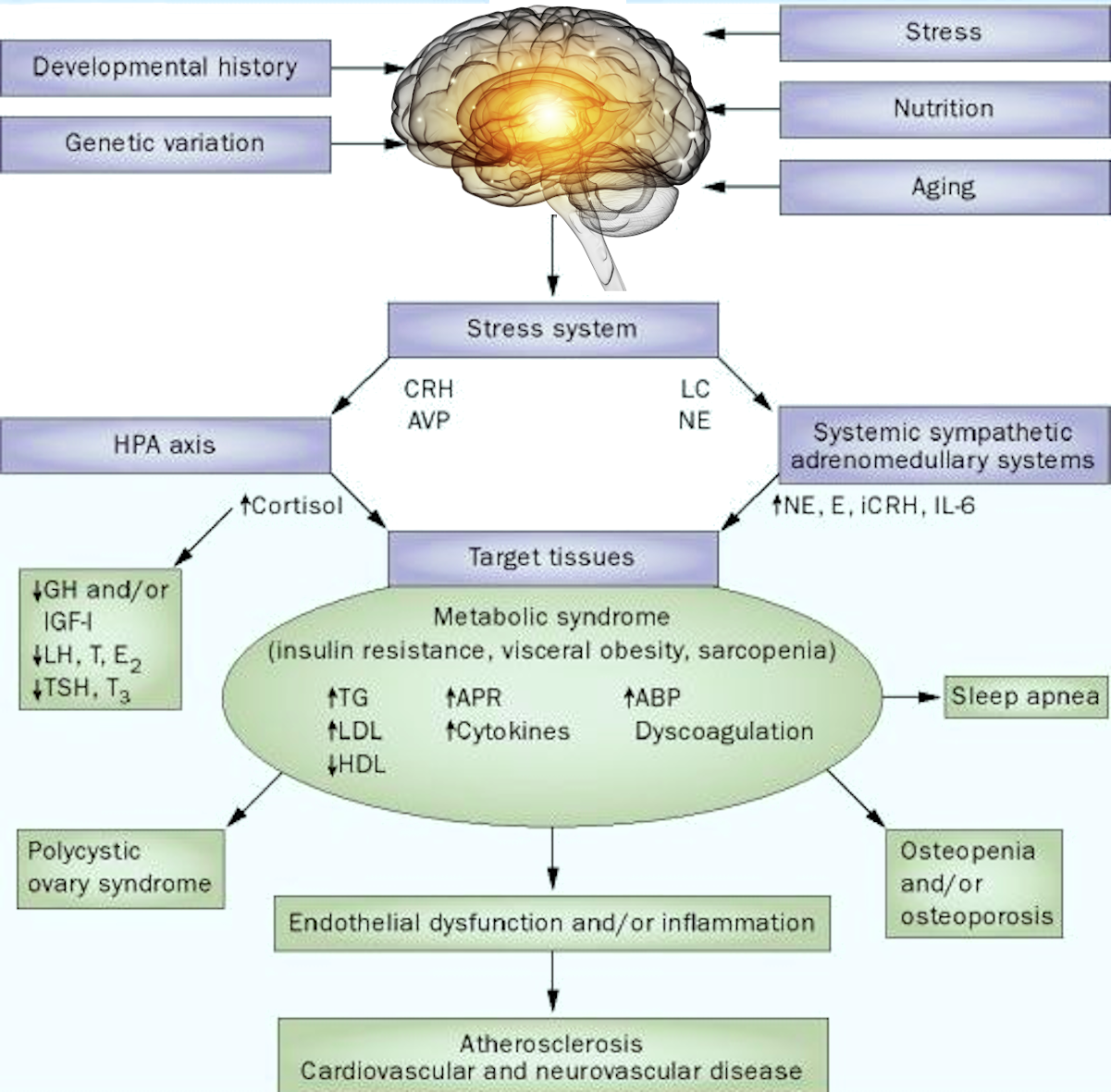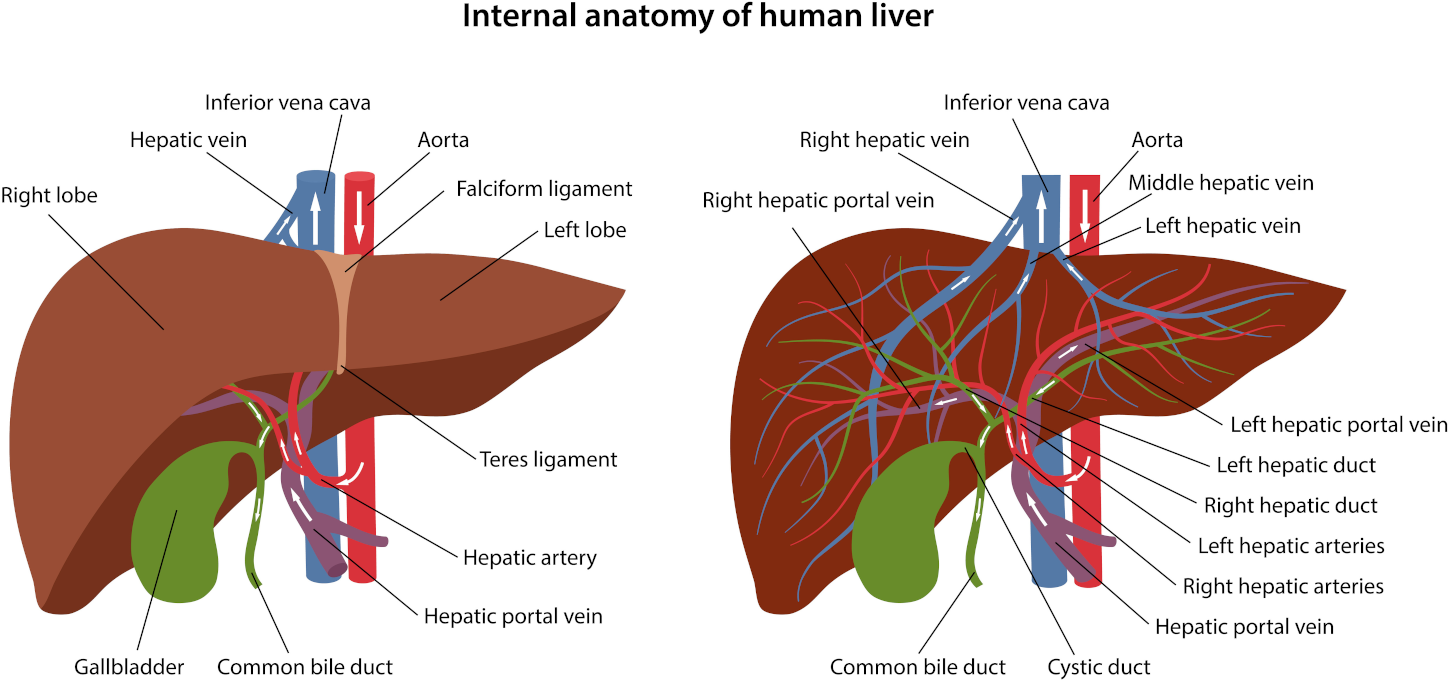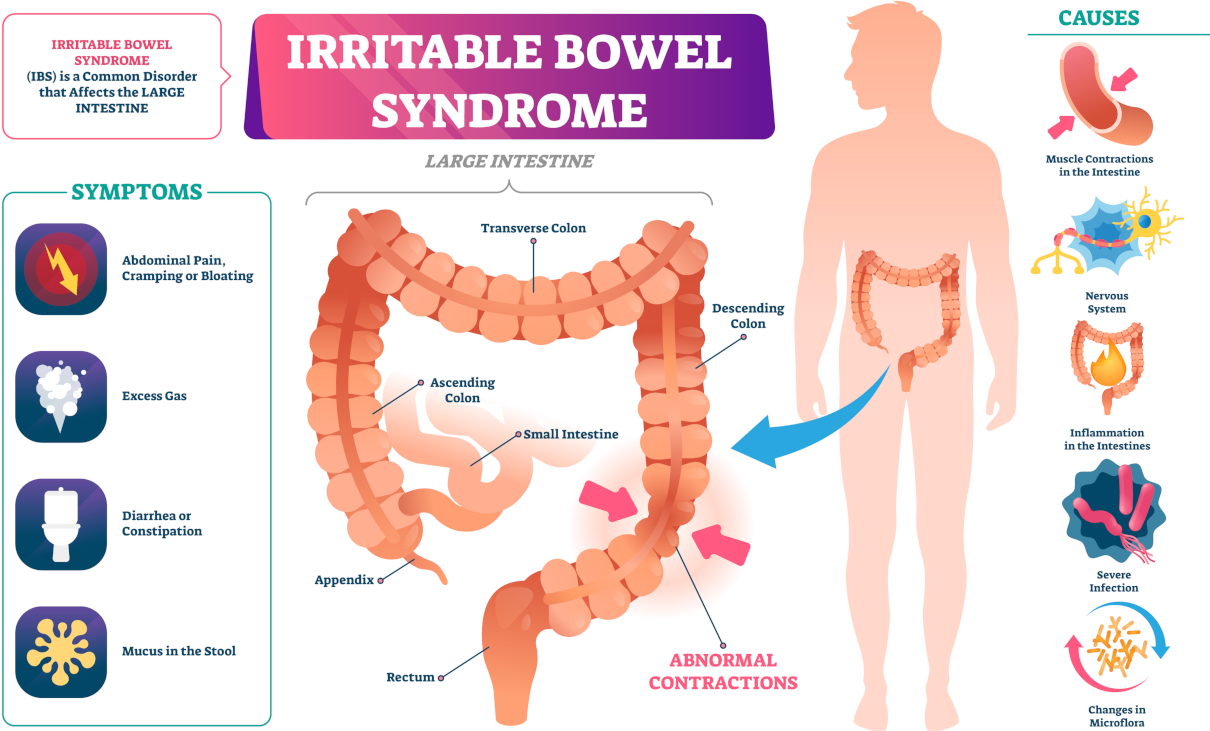Male Hypogonadism: Causes, Symptoms & Life-Changing Treatments
Comments 0 17th September 2025 Blog, General
Are you struggling with low energy, loss of libido, or other unexplained symptoms? You could be experiencing male hypogonadism, a condition caused by insufficient function of the testicles and low testosterone levels. Look for a clinic that helps men in the UK restore hormonal balance and reclaim vitality.
What is Male Hypogonadism?
Male hypogonadism is a condition where the testes fail to produce enough sex hormones, mainly testosterone. It can result from:
- Congenital underdevelopment of the testes
- Toxic, infectious, or radiation-induced damage
- Dysfunction of the hypothalamic-pituitary system
There are two main types:
- Primary hypogonadism: Direct damage to the testicular tissue.
- Secondary hypogonadism: Impaired testicular function due to pituitary or hypothalamic issues.

Alkalising colonic irrigation with sodium bicarbonate
Safe and effective colon hydrotherapy includes an initial consultation. Consequently, sodium bicarbonate delivered to the colon through hydrotherapy can kill off candida.
Symptoms to Watch For
The symptoms depend on the age of onset and hormone deficiency severity.
Before puberty:
- Eunuchoid body type – tall, disproportionately long limbs
- Underdeveloped chest and shoulders
- Weak skeletal muscles, female-type fat distribution
- True gynecomastia and pale skin
- Underdeveloped sexual characteristics (low or absent body/facial hair, small penis, hypoplastic testes)
- High-pitched voice
After puberty:
- Reduced testicular size
- Hair loss on the face and body
- Skin thinning and reduced elasticity
- Female-type fat distribution
- Decreased sexual function and fertility
Other common symptoms include:
- Low libido and sexual dysfunction
- Fatigue, depression, and sleep problems
- Hot flashes
- Obesity and hormonal deficiencies are associated with secondary hypogonadism

Probiotic implant and colonic irrigation
Colon hydrotherapy with high-strength probiotic implant and comprehensive consultation is available at Parkland Natural Health Clinic.
Diagnosis
Diagnosing hypogonadism involves:
- Hormone blood tests: low testosterone, altered gonadotropins
- Bone age assessment in prepubertal cases
- Semen analysis: azoospermia or oligospermia
Early detection ensures better outcomes and effective management.
Effective Treatments
Hormone Replacement Therapy (HRT) is the primary treatment, aiming to restore testosterone levels and alleviate symptoms. Options include:
- Testosterone undecanoate (Andriol)
- Testosterone enanthate or propionate
- Combination testosterone esters (Sustanon-250, Omnadren-250)
- Selective estrogen receptor modulators
- Aromatase inhibitors
- Human chorionic gonadotropin (HCG) injections
With personalised treatment plans, patients can regain energy, muscle tone, sexual function, and overall quality of life.
Why you should choose skilled specialists with a strong reputation.
When selecting a clinic, check whether they offer services such as
- Comprehensive hormone testing and diagnosis
- Tailored hormone replacement therapy
- Expert guidance on lifestyle and diet to support hormonal health
- Confidential and professional UK-based care
Male hypogonadism doesn’t have to define your life. Take the first step toward hormonal balance and revitalised health today!

Mini Detox PLUS – 3 colonics, minerals, herbal & probiotic implants
The ideal pattern of colonic treatments includes three alkalising colon hydrotherapy treatments with sodium bicarbonate, one anti-parasitic implant on the first treatment, one liver and gall bladder stimulating herbal implant on the second treatment, and a high-strength probiotic implant on the third colonic.










